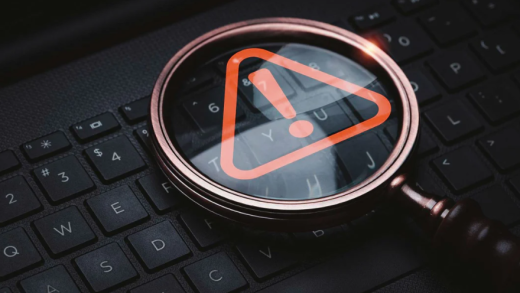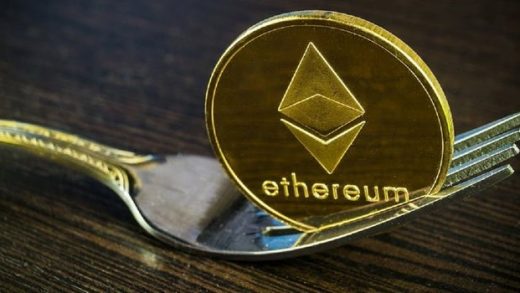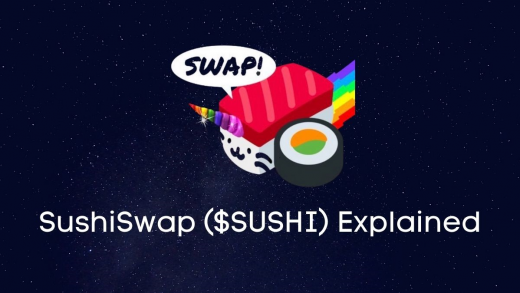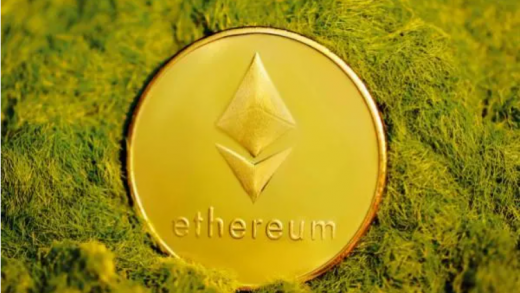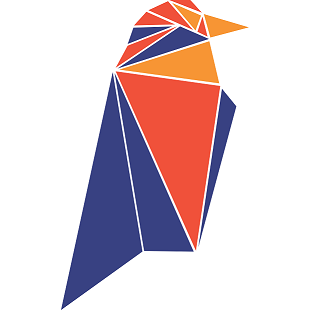
Ravencoin is a fork of Bitcoin that tries to improve upon asset ownership. The project launched on January 3rd, 2018, the ninth anniversary of Bitcoin. It provides a platform that allows users to create tokens of any kind and easily transfer that ownership to others. Tokens created on the network can have any properties that the issuer decides. This means you could create a payment token, tokens representing real world assets similar to NFTs, or representing virtual goods in a game. These are just a couple examples of what you can make, but with how open ended the options are, there are plenty more opportunities. We’ll look into a couple more examples a little later.
Much like Bitcoin, it is a Proof-Of-Work coin. Originally built on the X16R algorithm, mining it with ASICs quickly became a viable option. The new mining algorithm, Kawpow, allows consumer grade GPUs to effectively mine the coin while proving to be currently ASIC resistant to promote decentralization. Although it is possible to solo mine Raven, a large majority of the mining is done through pools.
Although it is a direct fork of Bitcoin, Ravencoin offers some distinct differences for miners. Block rewards are 5,000 RVN vs 50 BTC and block times are cut down by 90% to 1 minute vs 10 minutes. The first halving of block rewards is set to occur in January 2022 with block 2,100,000. Each subsequent 2.1m blocks will trigger another halving. This puts it at around every three years.
Ravencoin is a very community driven project. It’s entirely open source and run by community led nodes. This is another coin that doesn’t incentivize running a node so it promotes decentralization. The coin never had an ICO and the developers never premined, so its launch was much fairer than a lot of coins. On that same note, the developers never held any coins, so the circulating supply is held mainly by the community.
Closer Look At Token Possibilities
An interesting example I found in the whitepaper (pg 7) is that an art dealer could use tokens as a certificate of authenticity for any works they sell. Tokens can be created and a serial number can be attached to it to identify specific works. These can then be transferred to the purchaser as an alternative to traditional physical certificates of authenticity.
Another use could be to fund a project and later reward those who supported it by providing dividends to them paid out in RVN. The platform asset manager makes it easy to send the payment to every token holder without having to know each address.
One thing I have been thinking about with this project is an ability to tie tokens to tickets for real world events. This provides true ownership over your ticket, including an ability to sell or buy safely without risk of scam. Obviously, this is a very simple example of what could be done but its a real world use that I could see something like this helping with.
To create a token, the issuer must choose a unique name and burn the appropriate amount of RVN. From there they can determine the quantity, decimal places, whether they can issue more in the future, etc. Any tokens that are created can be viewed in one of the available asset explorers, such as this one. Additionally, there are also governance opportunities and messaging capabilities for token holders.
Getting Involved
There are quite a few exchanges that support RVN. Binance, OKEx, Upbit, and Paribu are the top exchanges in 24 hour volume. On top of that, Ravencoin has its own first party wallet and support for many 3rd party wallets including Trezor hardware wallets.
One of the best ways to get involved with the project is to run nodes. Any blockchain project benefits from a larger community of nodes. More nodes promotes decentralization and, in turn, network reliability. It doesn’t require a lot of resources and can be run on something as simple as a Raspberry Pi. A map of existing nodes can be found here.
Final Thoughts
My disclosure here is that I’ve been pretty involved with the project. I think there is a lot of promise here in the world of asset management. I see it as a quieter alternative to NFTs and think there is some real world potential here.
The project itself is pretty quiet and hasn’t gotten a ton of attention, although this is slowly changing. The value has been holding steady for the last month or so, which so far makes it a pretty reliable choice in my opinion. Of course, these are just my thoughts and you should always do your own research.
The community surrounding the project is consistently growing and incredibly dedicated. There are regular developer meetings to discuss the future, so there is no doubt the devs are still working hard on it. I have a lot of faith in the team and think the project will flourish as time goes on and features are added.


